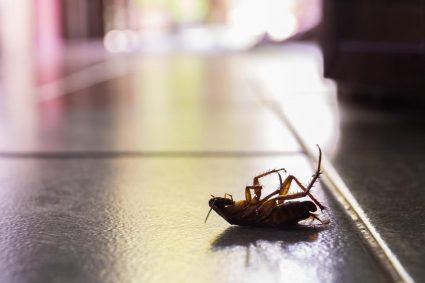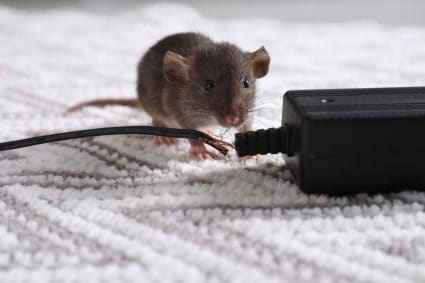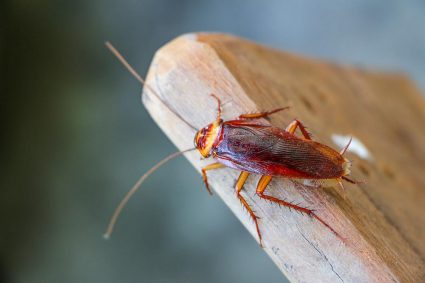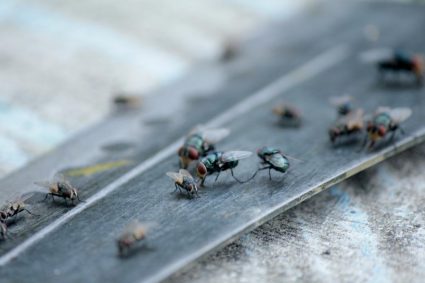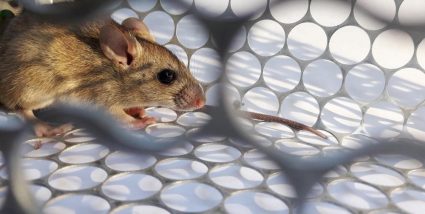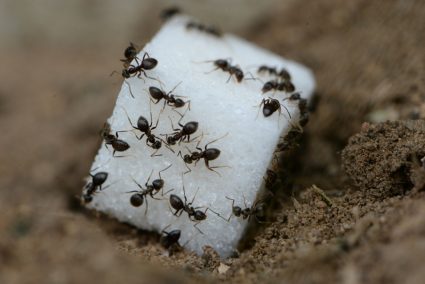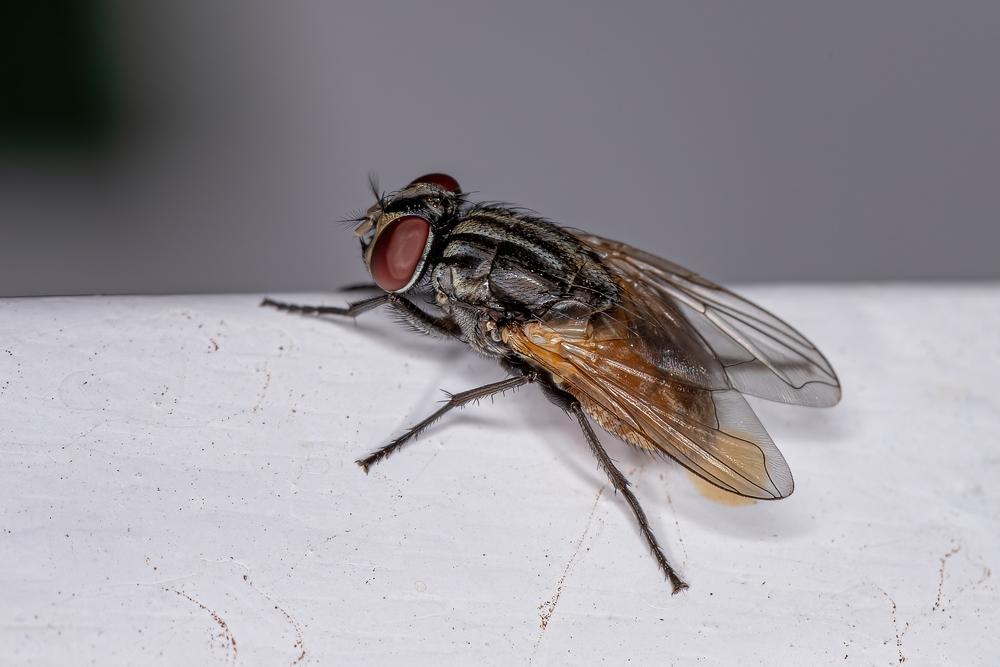
Keeping your home free from flies can be a challenge, especially during warmer months when these pests are most active. However, did you know that you can use certain indoor plants to repel flies naturally? Yes, some indoor plants can keep flies away thanks to their strong aroma or natural compounds that repel insects. This comprehensive guide will delve into what indoor plants keep flies away, how they work, and how to care for them.
Several indoor plants can help keep flies away. These include basil, lavender, mint, lemongrass, sage, lemon balm, rosemary, catnip, Venus flytrap, and certain flowering plants like marigolds, nasturtiums, and petunias. These plants repel flies by emitting strong aromas or natural compounds that flies find unappealing. Proper care and strategic placement of these plants around your home can enhance their fly-repelling properties.
Most Effective Indoor Plants for Repelling Flies
Several indoor plants have been found to repel flies effectively. They include:
- Basil: Not just a culinary herb, basil’s strong aroma and oil have been used for pest control since ancient times.
- Lavender: The aroma of lavender is known to repel flies and other insects. The linalool oil responsible for lavender’s scent is particularly unappealing to flies.
- Mint: Peppermint and spearmint plants are great for repelling houseflies and other pests. The minty aroma confuses flies and deters them from the area.
- Lemongrass: Lemongrass contains citronella oil, known for its anti-fly and mosquito properties.
- Sage: Its strong smell and oil act in repelling mosquitoes and flies. The musky, earthy, and sweet scent of sage can help deter flies.
- Lemon balm: Its high levels of citronellal make it effective as an insect repellent.
- Rosemary: Fresh rosemary can help keep flies out of your home. The aromatic properties of this herb are not only pleasing to humans but also repel flies.
- Catnip: The natural aroma of catnip can repel flies.
- Venus flytrap: This carnivorous plant attracts and eats flies, helping to control their population.
- Marigolds, nasturtiums, and petunias: These flowering plants are known to repel flies and other insects.
How Do These Indoor Plants Deter Flies?
Indoor plants can deter flies by emitting natural compounds or fragrances that flies find unappealing. These scents can confuse or repel flies, keeping them away from the area where the plants are located. For example, catnip contains an active component called nepetalactone, which has been found to repel mosquitoes and fruit flies by triggering a chemical receptor that senses pain and itch in other animals.
Proper Care for These Indoor Plants
To maximize the fly-repelling properties of indoor plants, you should properly care for them and strategically place them around your home. Here are some tips to care for these plants:
- Provide adequate sunlight: Most of these plants require plenty of sunlight to thrive.
- Water appropriately: Overwatering or underwatering can weaken the plants and reduce their fly-repelling properties.
- Prune and trim: Regularly prune and trim the plants to encourage healthy growth and release their essential oils, which help repel flies.
- Strategically place the plants: Position the plants near doors, windows, or areas where flies tend to enter your home.
Safety Considerations
Before introducing these plants into your home, ensure they are safe for your family and pets. While most of these plants are non-toxic, it’s always a good idea to check with your local nursery or vet.
Additional Benefits of These Plants
Apart from repelling flies, these plants have additional benefits such as purifying the air, offering medicinal properties, and enhancing the aesthetic appeal of your home.
In conclusion, incorporating these plants into your home can provide a more eco-friendly way to keep flies at bay, while also improving your living environment.
Frequently Asked Questions
How long does it take for these plants to start repelling flies?
The plants start repelling flies as soon as they are mature and healthy enough to release their natural compounds or fragrances. This can vary from plant to plant, but generally, you should see a reduction in flies within a few weeks of introducing the plant into your home.
Do these plants repel other types of pests as well?
Yes, many of these plants can repel other types of pests as well. For example, lavender and lemongrass are known to repel mosquitoes, and catnip can deter cockroaches.
Can these plants be harmful to my pets?
Most of these plants are safe for pets, but some, like lavender and lemongrass, can be harmful if ingested in large amounts. Always consult with your vet before introducing new plants into your home.
Can I use these plants in cooking or for other purposes?
Many of these plants, like basil, mint, rosemary, and sage, are commonly used in cooking and have various health benefits. However, remember to wash them thoroughly before use to remove any potential pests.
Do these plants need any special soil or fertilizers?
Most of these plants thrive in well-drained soil and do not require any special fertilizers. However, it’s always a good idea to check the specific care instructions for each plant.
What if these plants don’t work in repelling flies?
While these plants are generally effective at repelling flies, they may not eliminate the problem entirely. If you still have a significant fly problem, it may be necessary to seek professional pest control assistance.



